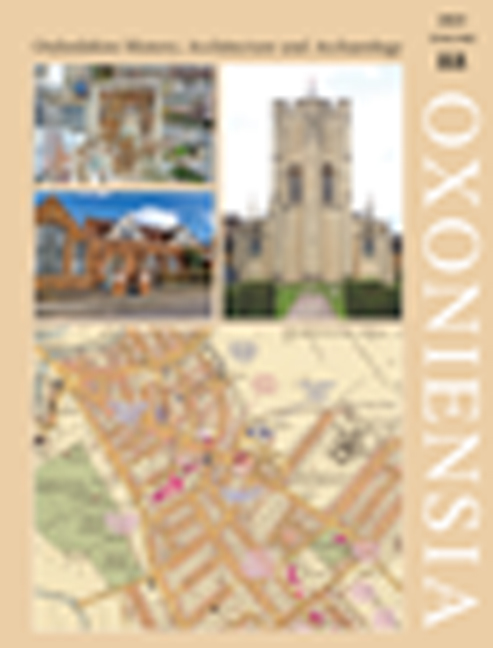Geoffrey Tyack, The Making of Our Urban Landscape
Published online by Cambridge University Press: 15 May 2024
Summary
Geoffrey Tyack’s entertaining book describes the economic and political imperatives that have formed our towns and cities over two millennia, and which have taken us from being a rural to an urban society. The author’s canvas extends from late Iron Age oppida to the garden centres and retail villages of modern towns, pausing briefly en route at the former Brakspear’s Brewery in Henley and in his own street in south Oxford, which are stitched elegantly into the fabric. He acknowledges debts to Celia Fiennes and to W.G. Hoskins – to the latter for the term ‘urban landscape’ (rather than ‘townscape’), and for his chronological approach. Tyack draws extensively on the three-volume Cambridge Urban History of Britain (2000) and on numerous recent studies of towns and cities in England, Wales and Scotland.
Tyack demonstrates in his first chapter, ‘Creating an Urban Landscape’, that modern urban centres are often unrecognisably the products of ancient influences and forces, such as river crossings, pre-existing ritual centres, patterns of trade and original burgage plots. As readers of Oxoniensia would expect, Tyack provides informative summaries of subsequent phases of urban history, neatly encapsulated as ‘Building the Late Medieval Town’, ‘Reformation and Rebuilding’, ‘Classicism and Commerce’ and ‘Improvement and Industry’. He provides vibrant descriptions of contrasts between gradual and cumulative processes of urban change and moments when State, landowners or civic interests, spurred on by cultural or economic momentum, invested in new urban forms. Within the book’s broad compass, the narrative becomes more detailed as time passes, though throughout the book there are also standalone ‘capsule’ summaries of places, and well-chosen illustrations, which exemplify particular aspects of urban development.
For this reviewer, the book really ‘takes wing’ in four more thematic chapters, entitled: ‘Worktown’, ‘Reshaping the Centre’, ‘The Suburban Landscape’ and ‘The Way We Live Now’. In chapter 6, ‘Worktown’, Tyack is blunt and direct about the brutal forces that made or broke industrial towns and the horrific conditions in which most workers lived.
- Type
- Chapter
- Information
- Oxoniensia 88 , pp. 389 - 392Publisher: Boydell & BrewerFirst published in: 2024



